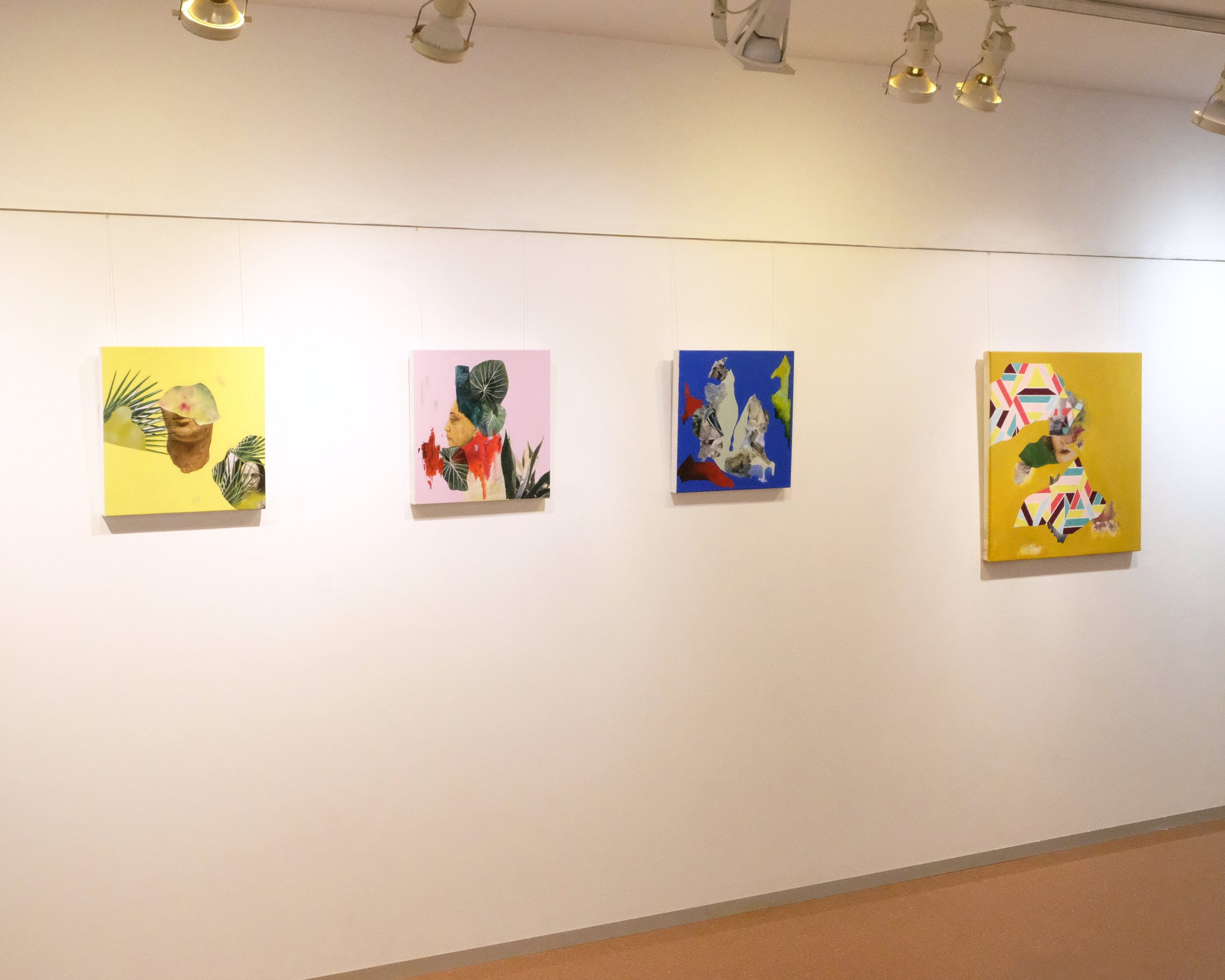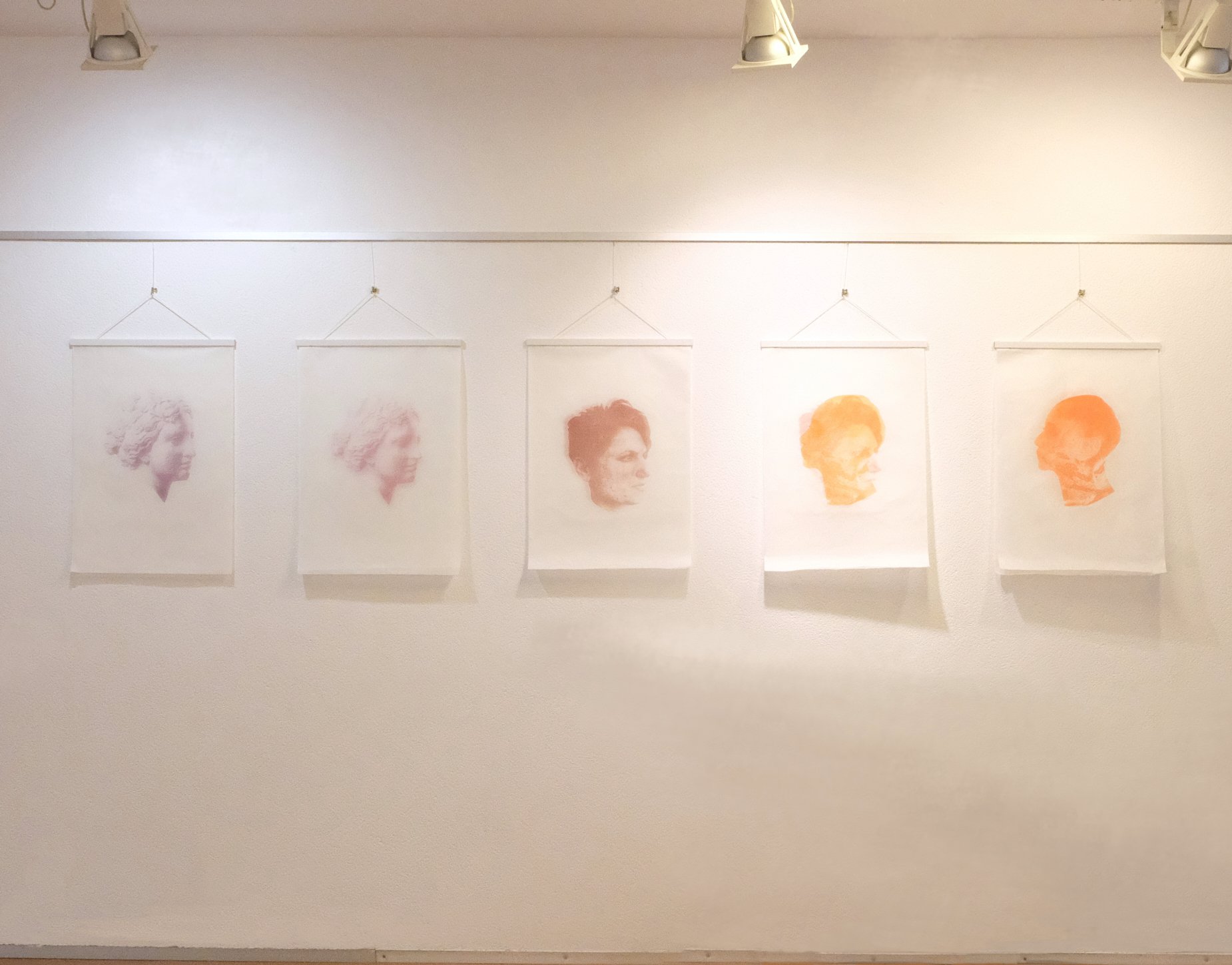Cleopatra´s Obsession 2020-2021
Resisting toxic perceptions of femininity, Cleopatra’s Obsession celebrates the beauty of aging women and rejects the patriarchal norms supporting the impossible beauty standards instilled into generations of women—particularly in the West. With maturity the realization of how our perceptions of beauty and aging have been hijacked. We equate healing with a search for the fountain of youth, and the true purpose of rejuvenating, restorative efforts has been distorted—becoming a misguided effort to abolish, suppress, and weaken the female form in its enduring, complex beauty.
In the 21st century, aging is stigmatized and youth is glorified, as the elderly are often forgotten. The pressure—especially for women—is to stay young, to prolong youth at all costs. As a result, the older the woman, the less desirable and irrelevant she becomes.
Delving into the vulnerabilities these films prey on, confronting the fear of growing old while trying to re-appropriate an understanding of this process and thus embrace the gracefulness that comes with aging. Cleopatra serves as muse for this series, not mainly because of her fashion sense, sensational lifestyle, and holistic beauty treatments involving bathing in milk and honey, but for her self-confidence, intelligence, linguistic fluency, and queenly power. Ironically, there is evidence that Cleopatra wasn’t as physically striking as once believed and that it was her dulcet voice and irresistible charm that made her so desirable. True beauty, Cleopatra teaches us, involves inner-strength and a completeness and depth of character.
Furthermore, in a telling double-standard, ageist thinking celebrates men’s maturity as distinguished, time-honoured—as grey hairs and laugh lines are signs of accomplishment, worthy of respect. In contrast, a cultural obsession with harmful ideals of glamorous femininity persists in the tidal wave of remakes of Disney-fied childhood fairy tales, where a new generation of young girls are subject to the same distorted, damaging depictions of girl- and womanhood of women a generation ago.
Along with Cleopatra, Greek goddess Aphrodite appears within the work—another figure of ideal feminine beauty to rescue from the patriarchal construct she has inhabited and in so doing recoup an image of love and true beauty, as well as the grace of old age—a grace that accompanies the series’ many examples of worn and faded but beautifully-weathered dermis-like textures, especially in the show’s drapery hangings.
Representing a response to the antiquated gendered conceptions of beauty that still affect us today, this series collects layered, fragmented, textured mixed-media paintings and combines them with fabric installations. The result is an interrogation of cultural expectations and a call to self-awareness—as is evident, for instance, in the mirrored female subjects depicted in the work, as well as the erasures and imperfections that suggest a loss of buoyant juvenescence is a gain of something of much greater value.










